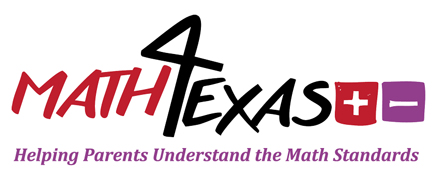T.i.P.S.
-
 Students should recognize and draw shapes based on the number of sides and number of vertices. Shapes may include circles and polygons such as a triangle, quadrilateral, rhombus, rectangle, square, pentagon, hexagon, trapezoid, and parallelogram, up to polygons with 12 sides. Students could use technology or material such as pencil and paper, crayons, chenille sticks, toothpicks, yarn, paint, geoboard, and rubber bands, construction paper, dot paper, etc. to create the different shapes. Students should remember that the attributes of orientation, size, color, and texture do not help identify two-dimensional figures.
Students should recognize and draw shapes based on the number of sides and number of vertices. Shapes may include circles and polygons such as a triangle, quadrilateral, rhombus, rectangle, square, pentagon, hexagon, trapezoid, and parallelogram, up to polygons with 12 sides. Students could use technology or material such as pencil and paper, crayons, chenille sticks, toothpicks, yarn, paint, geoboard, and rubber bands, construction paper, dot paper, etc. to create the different shapes. Students should remember that the attributes of orientation, size, color, and texture do not help identify two-dimensional figures.
Example
-
For the following activities, you will need paper and pencil.a) Draw a polygon with more than five sides. What polygons could you draw?
b) Draw a two-dimensional shape with at least 3 sides and 3 vertices. What polygons could you draw?
c) Victoria and William were asked to draw a hexagon. Victoria believes that only her drawing is correct. Explain why both shapes are hexagons.
Digital Tools
-
Click on the following links for interactive games.
Resources
-
Click on the following links for more information.
TEKS
-
2.8 Geometry and measurement. The student applies mathematical process standards to analyze attributes of two-dimensional shapes and three-dimensional solids to develop generalizations about their properties. The student is expected to:
(A) create two-dimensional shapes based on given attributes, including number of sides and vertices





 Click
Click 

